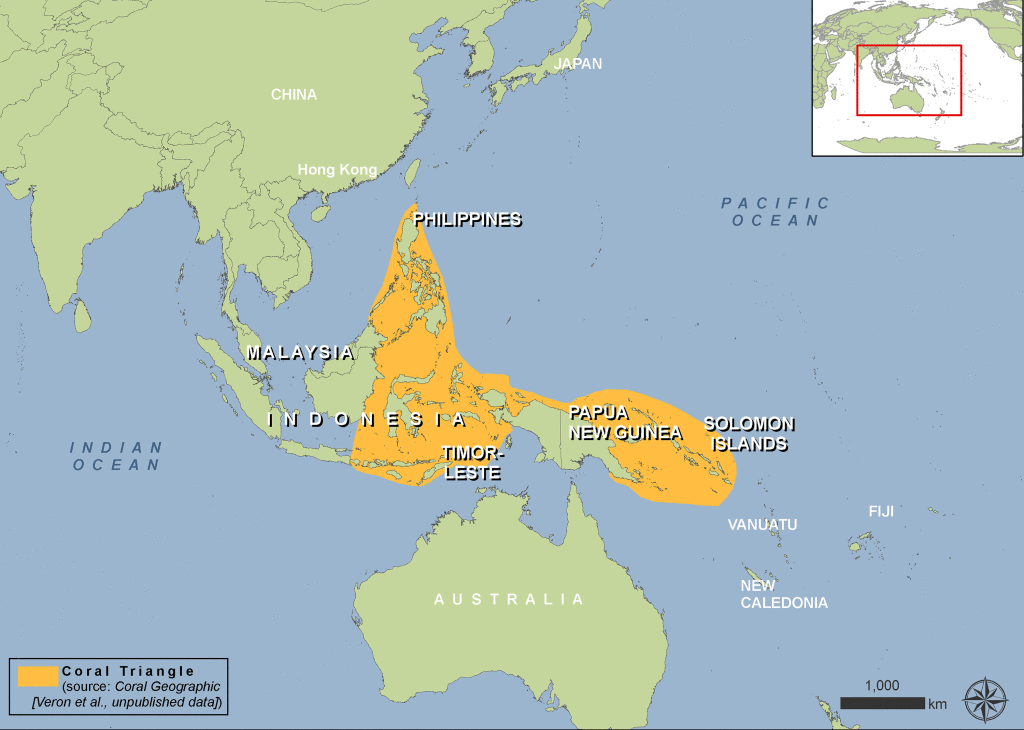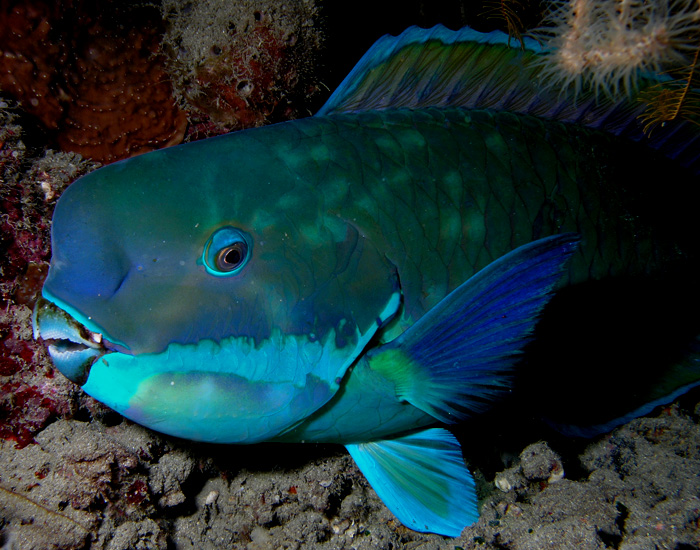The Coral Triangle Hope Spot: Valuable and Vulnerable
March 27, 2013
The Coral Triangle is a Mission Blue Hope Spot, an area of particular importance to the oceans that we must strive to protect. These Hope Spots are the seeds of tomorrow’s healthy ocean. With this feature by Brett Garling, we are launching our series on Mission Blue’s growing network of Hope Spots.
The global heart of coral reefs, the Coral Triangle, is located in the Pacific and touches the marine waters of Indonesia, Malaysia, Papua New Guinea, the Philippines, Solomon Islands and Timor-Leste. Called “the Amazon of the seas”, this global treasure covers 5.7 million square kilometers of ocean, contains 75 percent of all known coral species and sustains the lives of approximately 130 million humans. There are over 3000 kinds of fish in this area — more than twice the number found anywhere else in the world. Without a doubt, this is the global center for precious marine biological diversity.
Overfishing, coastal development, destructive fishing and pollution threaten more than 85 percent of the Coral Triangle’s reefs. Add the influence of recent thermal stress and coral bleaching, and nearly 90 percent of the Coral Triangle is threatened. Globally, 75 percent of reefs are threatened, making the Coral Triangle an area of particular stress. By 2030, it is projected that 100 percent of the reefs in the Triangle will be threatened.
This destructive pressure not only threatens all the marine life in the Coral Triangle, but also impacts humanity, which relies on the global ocean for survival. Millions of inhabitants from the surrounding countries and world at large rely on food from the area. Neighboring countries also rely on the tourism dollars that this beauty brings.
Only 16 percent of the coral reefs inside in the Coral Triangle Hope Spot region are included in a Marine Protected Area. That’s compared to a global average of 28 percent. Six nations that surround the Coral Triangle formed the Coral Triangle Initiative on Coral Reefs, Fisheries and Food Security (CTI-CFF) in 2009 and are working to preserve the remarkable bounty of the region. It is a collaborative group and should be supported in every way possible. The World Resources Institute recently published an at-length report detailing the value and vulnerability of this precious region. Give it a read if you’d like to learn more.










